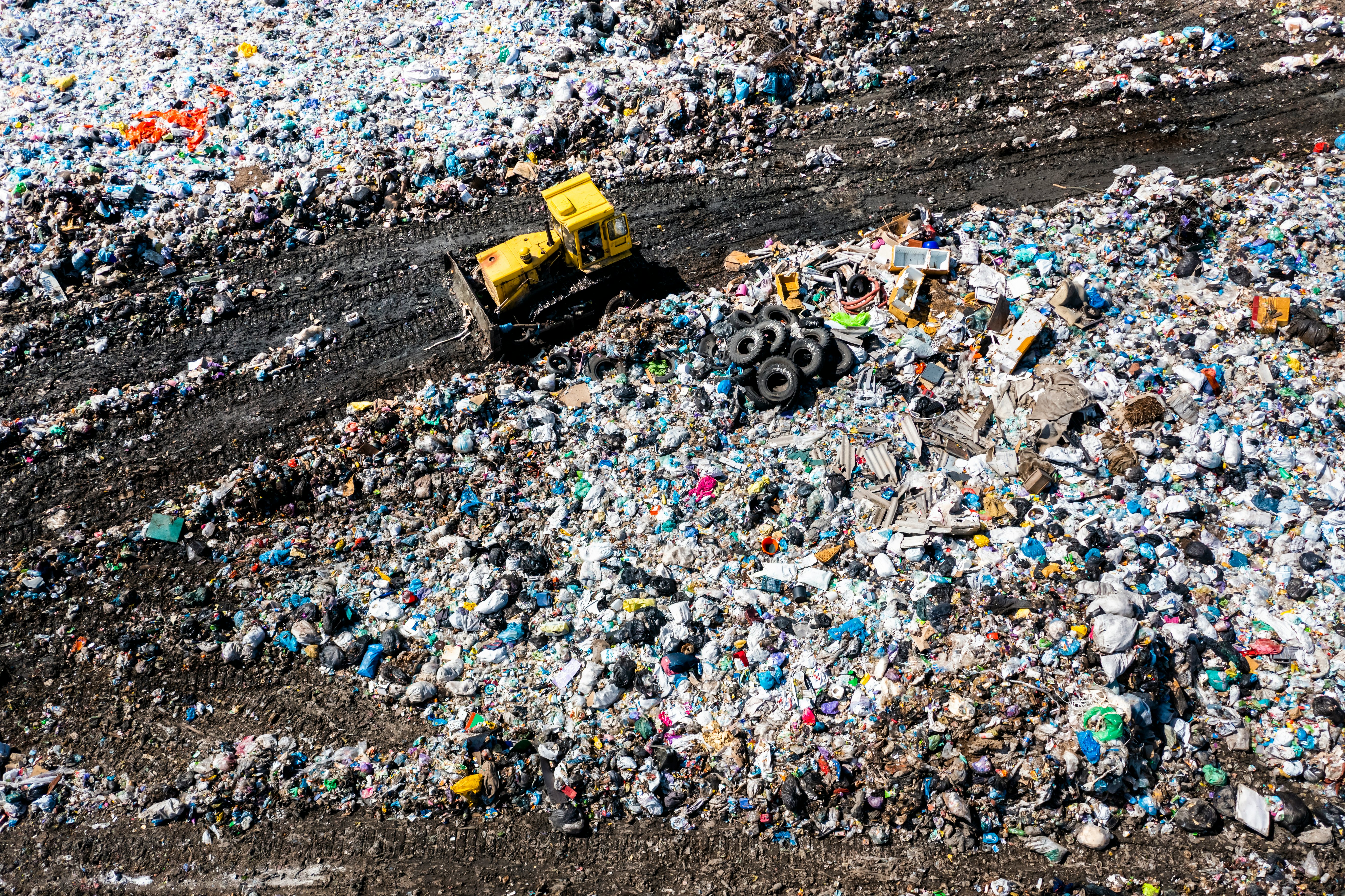
Scientists are wielding a surprising resource to build houses cheaper and more sustainably: Used, albeit smelly, baby diapers.
Worldwide, around 20 billion pieces of used diapers head to landfills annually. After disposal, they can release harmful chemicals into water and soil and take centuries to break down. But researchers from the University of Kitakyushu in Japan say soiled nappies could have a sustainable new purpose: These could replace some of the sand typically used to build a house, according to a new study published in the journal Scientific Reports.
Sand is the world’s most used construction material — and while it may feel endless when strolling on the beach, the crucial resource has become scarce due to over-mining. Scientists around the world are now looking into creative, sustainable alternatives to common building materials. This is an urgent need as the global population booms, natural resources dwindle, and more people seek out affordable housing.

The team suggests that used diapers can be shredded and cleaned and still retain their strength to support homes. Ultimately, this innovative solution could help eliminate mountains of trash in low- and middle-income countries that may not have comprehensive recycling programs.
“[Our] procedures are relatively easy to conduct and low-cost,” Siswanti Zuraida, a Ph.D. student in architecture engineering at the University of Kitakyushu and co-author of the new study, tells Inverse. “It also gives a wide perspective of utilizing disposable diaper waste as something valuable.”
A smelly, sustainable solution
Zuraida and her team washed, dried, and shredded disposable diaper waste and mixed it with sand, cement, gravel, and water — standard ingredients in concrete and mortar. To ensure that the, well, organic ingredients don’t pose a hygiene risk, the team processed them with a mix of chemicals commonly used for industrial cleaning purposes.
“The treatment process is quite challenging,” Zuraida says, since it takes several rounds and must be done by hand.
After curing the materials for 28 days, they tested six samples with different proportions of diapers included to figure out the most pressure they could take without breaking.
The goal was to come up with a design for a 387-square-foot, single-story house prototype that meets Indonesian building standards.
Altogether, they found, diaper waste could replace up to eight percent of all the sand typically put into the concrete and mortar building materials in a 387-square-foot home. This means each house could incorporate up to around 60 cubic feet of used nappies.

Zuraida and her co-authors weren’t the first to consider the potential of used diapers for architectural purposes, but they appear to be the first to figure out these specific ratios needed to cut down on the amount of sand used in home construction.
In the future, there’s plenty of work ahead before engineers start making apartments from pull-ups. For instance, Zuraida says her team wants to collaborate with scientists from other fields to determine the best way to sanitize used diapers.
On a larger scale, governments need to set up the infrastructure to collect diapers from households and properly clean and process them. Plus, cities around the world would likely need to adjust building regulations to allow for this eccentric ingredient.
Still, the study suggests that an often-overlooked type of trash could be turned into construction treasure, particularly for developing nations.
“This demonstrates that the use of used diapers to create composite materials is feasible, particularly in relation to the development of environmentally friendly and cost-effective materials,” Zuraida says.







